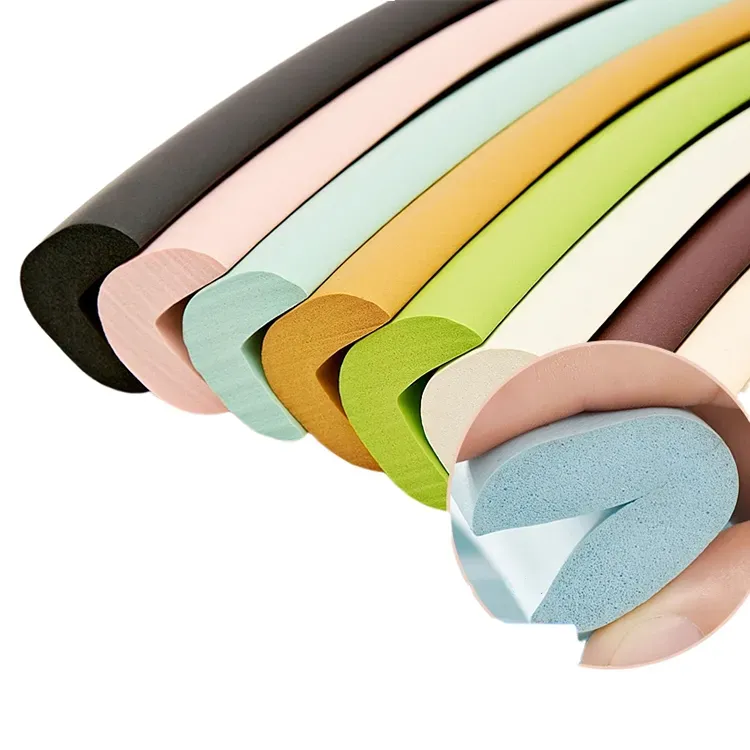Effective Techniques for Landscape Drainage Solutions and Management
Understanding Landscape Drainage Mats An Essential Component for Outdoor Spaces
Landscape drainage mats are increasingly becoming essential components in modern landscaping and gardening. These functional materials are designed to effectively manage water drainage, preventing pooling, erosion, and other water-related issues that can negatively impact plant health and soil integrity. In this article, we will explore the significance, benefits, and applications of landscape drainage mats, providing insights into their role in creating sustainable outdoor environments.
What is a Landscape Drainage Mat?
A landscape drainage mat, often made from synthetic or natural materials, is a porous sheet or mat that facilitates the movement of water away from plant roots and soil surfaces. These mats are typically installed beneath soil layers, around planting beds, or in areas prone to excess moisture. The primary function of a drainage mat is to allow excess water to flow through while retaining the necessary moisture for plants to thrive.
Benefits of Landscape Drainage Mats
1. Preventing Waterlogging One of the most significant advantages of using drainage mats is their ability to prevent waterlogging. When the soil becomes overly saturated, oxygen levels drop, leading to root rot and other health issues for plants. Drainage mats ensure that excess water is channeled away, keeping the soil conditions optimal for plant growth.
2. Erosion Control In areas with significant rainfall or on sloped terrains, erosion can be a major concern. The installation of drainage mats helps stabilize the soil, reducing the risk of erosion caused by water runoff. By directing water flow, these mats maintain soil structure and promote healthy vegetation growth.
3. Enhanced Root Development With better moisture control provided by drainage mats, plants can develop healthier root systems. The balance between drainage and moisture retention allows roots to access essential nutrients without the stress of drowning in saturated soil.
4. Improved Landscape Aesthetics Beyond their functional aspects, drainage mats can enhance the overall aesthetics of a landscape. By ensuring that water flows properly and does not pool in unwanted areas, these mats contribute to a tidier and more visually appealing outdoor space.
landscape drainage mat

Applications of Landscape Drainage Mats
Landscape drainage mats can be employed in various applications, making them versatile tools for both residential and commercial landscaping
. Here are some common uses- Garden Beds When creating raised garden beds, drainage mats can be placed at the bottom to prevent water accumulation, allowing roots to breathe and promote healthy plant growth.
- Hardscaping Areas In patios, walkways, and driveways, drainage mats can be integrated to manage water runoff, preventing potential flooding and ensuring the longevity of hardscaping materials.
- Slope Stabilization On sloped terrains, landscape drainage mats can help control water movement and reduce erosion, protecting the landscape and enhancing its stability.
- Green Roof Systems In sustainable architecture, drainage mats are crucial components of green roofs, where they facilitate excess water drainage while retaining moisture for the plants above.
Conclusion
In summary, landscape drainage mats play a vital role in effective water management in outdoor spaces. By preventing waterlogging, controlling erosion, and supporting healthy root development, these mats contribute to the overall health of plants and the aesthetic appeal of landscapes. As we continue to understand the importance of sustainable landscaping practices, integrating landscape drainage mats into our designs becomes not just beneficial but essential for the longevity and beauty of outdoor environments. Investing in these mats is not merely a practical decision—it's a step toward creating a greener, more sustainable future.
-
Under Door Draught Stopper: Essential ProtectionNewsJul.31,2025
-
Garage Door Seal and Weatherstrips for ProtectionNewsJul.31,2025
-
Edge Banding Tape for Perfect EdgesNewsJul.31,2025
-
Table Corner Guards and Wall Corner ProtectorsNewsJul.31,2025
-
Stair Nose Edging Trim and Tile Stair SolutionsNewsJul.31,2025
-
Truck Bed Rubber Mats for Pickup BedsNewsJul.31,2025
-
Window Weather Stripping for Noise ReductionNewsJul.29,2025